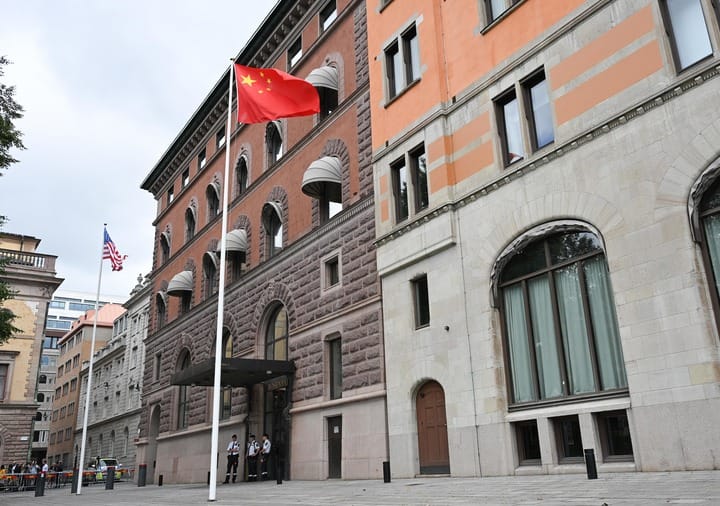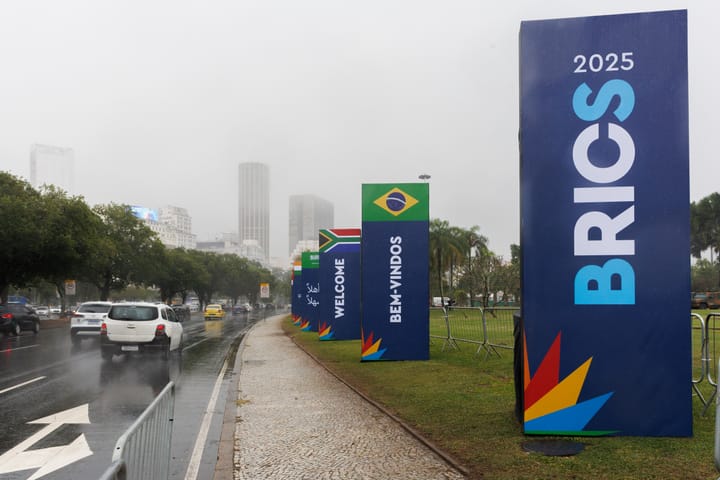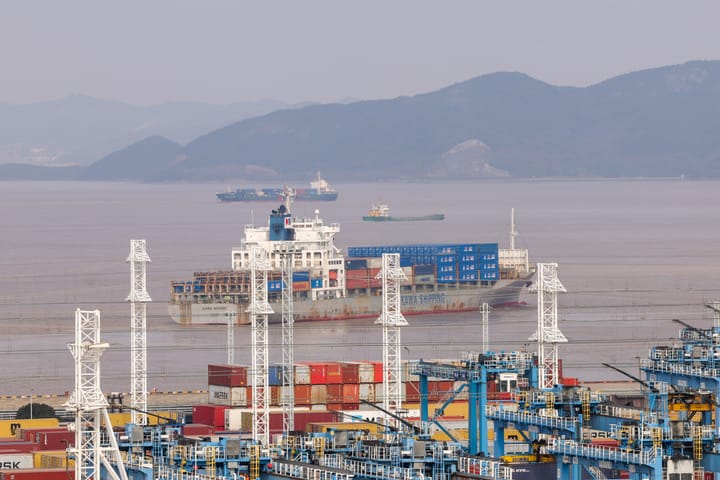[Video]New Trends, New Momentum: The May Day holiday consumption mirrors the breadth and depth of China’s economy
![[Video]New Trends, New Momentum: The May Day holiday consumption mirrors the breadth and depth of China’s economy](/content/images/size/w1200/2025/05/XxjpsgC007136_20250506_PEPFN0A001.JPG)
Editor: China’s May Day holiday, one of the country’s largest annual holidays, concluded on May 5. As expected, the five-day break triggered a nationwide travel boom. Yet beyond the bustling crowds, several new tourism trends have emerged, indicating potential new drivers for China’s economic growth. On the final day of the holiday, Global Times published an editorial highlighting these evolving patterns in domestic tourism and their broader implications for the Chinese economy. The following article was originally published in Global Times.


